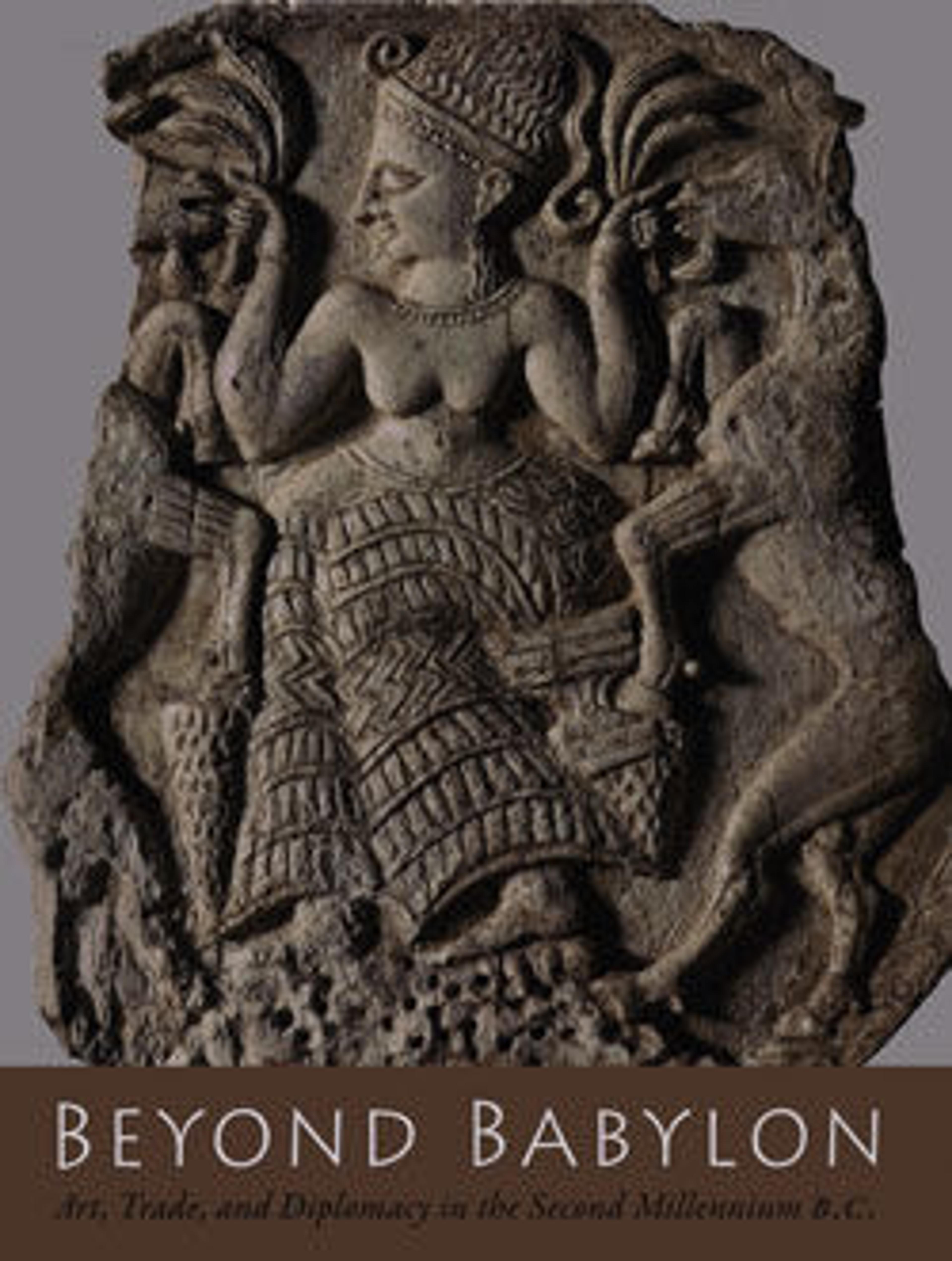Carved Plaque from a Bracelet
Openwork representation of a female sphinx whose human hands present a cartouche with the prenomen of Amenhotep III Neb-Maat-Re. This sphinx is often identified as Queen Tiye whose name is indeed in some cases written beside a sphinx image. It is, however, also possible that the creature on this bracelet plaque represents a mythic being of a more general nature. Wings, headdress and jewelry point to close connections with foreign lands (Nubia, Asia, Shasu Bedouins), and the presentation of the king's name was a ritual that another, closely connected bracelet plaque (26.7.1340) shows in connection with the king's jubilee (Heb Sed).
Artwork Details
- Title: Carved Plaque from a Bracelet
- Period: New Kingdom
- Dynasty: Dynasty 18
- Reign: reign of Amenhotep III
- Date: ca. 1390–1352 B.C.
- Geography: From Egypt, Upper Egypt, Thebes
- Medium: Sard
- Dimensions: H. 3.4 cm (1 5/16 in.); W. 4.9 cm (1 15/16 in.); Th. 0.2 cm (1/16 in.)
- Credit Line: Purchase, Edward S. Harkness Gift, 1926
- Object Number: 26.7.1342
- Curatorial Department: Egyptian Art
More Artwork
Research Resources
The Met provides unparalleled resources for research and welcomes an international community of students and scholars. The Met's Open Access API is where creators and researchers can connect to the The Met collection. Open Access data and public domain images are available for unrestricted commercial and noncommercial use without permission or fee.
To request images under copyright and other restrictions, please use this Image Request form.
Feedback
We continue to research and examine historical and cultural context for objects in The Met collection. If you have comments or questions about this object record, please complete and submit this form. The Museum looks forward to receiving your comments.
